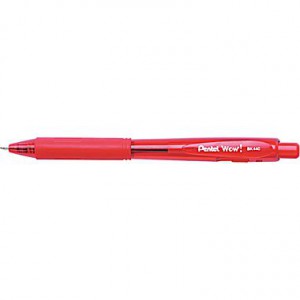With midterms over, or nearly over, and spring break on the horizon, many of us are taking stock of student performance. In a perfect world we would all look at our grade books or spreadsheets and see that all of our students were right on track. In reality, this is a time when some are left wondering, why are midterm scores are lower than expected? That gap between expectation and performance is an important one to explore, and one of the ways to do so is through low-stakes writing.
Self-assessment has a long history in higher education. Scholars, like the prolific David Boud, and journals, such as Assessment & Evaluation in Higher Education, have been devoted to the topic since the 1970s. Studies on and strategies for student self-assessment abound, and the above links provide a starting point for those who are interested in exploring the topic. One WAC-friendly approach is low-stakes writing. Low-stakes writing is short, reflective writing. It is also writing that is ungraded or graded simply, using something like a check system or a limited point scale (a five-point scale is common), so that is doesn’t feel like a burden to students or to instructors.
There are a number of ways that you might structure low-stakes midterm self-evaluations. They can be take-home, in-class, or online. They can focus on the midterm exam or assignment, or consider the course up to the point of writing. In any case, prompts should encourage students to think about themselves as learners and set both you and your students up to be more effective in the coming weeks of the semester. Low-stakes writing suggestions include questions about the midterm:
Was the format of the midterm what you expected? What about the content? Was there anything about the midterm that surprised you?
Course content:
- Are there any concepts that you still do not understand at this point of semester? What areas of course content do you feel particularly strong in? What areas do you need to work on?
Personal performance:
- Did the grade you received on the midterm match your expectations? Do you know where you stand, grade-wise, in this class? Are you content with your grade thus far? Do you know what you need to do if you want your grade to improve?
Study habits:
- How do you prepare for class meetings, generally? How did you prepare for the midterm? Is there anything that you would change about your study habits?
No matter what you ask, low-stakes writing assignments like these can be a great way to facilitate communication between you and your students.
A different approach to low-stakes writing is suggested by an article on student anxiety over exams, published in Science in 2011 (Science is available through a number of different databases at City Tech’s library). In “Writing About Testing Worries Boosts Exam Performance in the Classroom” Gerardo Ramirez and Sian L. Beilock discuss two laboratory studies and two randomized field experiments that support the hypothesis that writing about text anxiety can help alleviate its impact on performance. The studies show that students facing high-pressure exam situations, which midterms and finals certainly can be, may perform better if they have the opportunity to write about their concerns pre-exam. This is because, as Ramirez and Beilock explain, performance anxieties disrupt the ability of the working memory to focus on the task at hand. They discovered that getting some of the negative thoughts out in writing before an exam allowed those who suffered from high test anxiety to perform as well as those who did not.
While it may be too late to try this kind of low-stakes writing for the midterm exam, there are still ways to incorporate the insights from this article. You could devote ten minutes to writing-the-fear-away before the final exam. But you don’t have to wait until May to use Ramirez and Beilock’s advice. Their idea to try writing to lower test anxiety was based on the idea of therapeutic writing, which is used over a span of time to help manage negative thoughts and feelings. A classroom application of this concept might be to periodically give students free-writing time to write out all of their concerns related to the class. (If you are concerned about student privacy, these could be uncollected assignments that are graded on the basis of time on-task.) Allowing students to get out all of the “I got a bad grade on the midterm and now I’m afraid I’ll flunk the class” and “I didn’t come to class a lot at the beginning of the semester and now I think the professor doesn’t like me” thoughts might take some of the air out of them. It might even get students thinking about ways to counter them with positive action like developing a study plan or making an appointment to meet with you during office hours.
Low-stakes writing, whatever form it takes, can find a place in any discipline, any classroom. As you look toward the second part of the semester, consider if there are ways that you can use low-stakes writing to meet your course goals. You get further information here or by contacting a WAC fellow.





